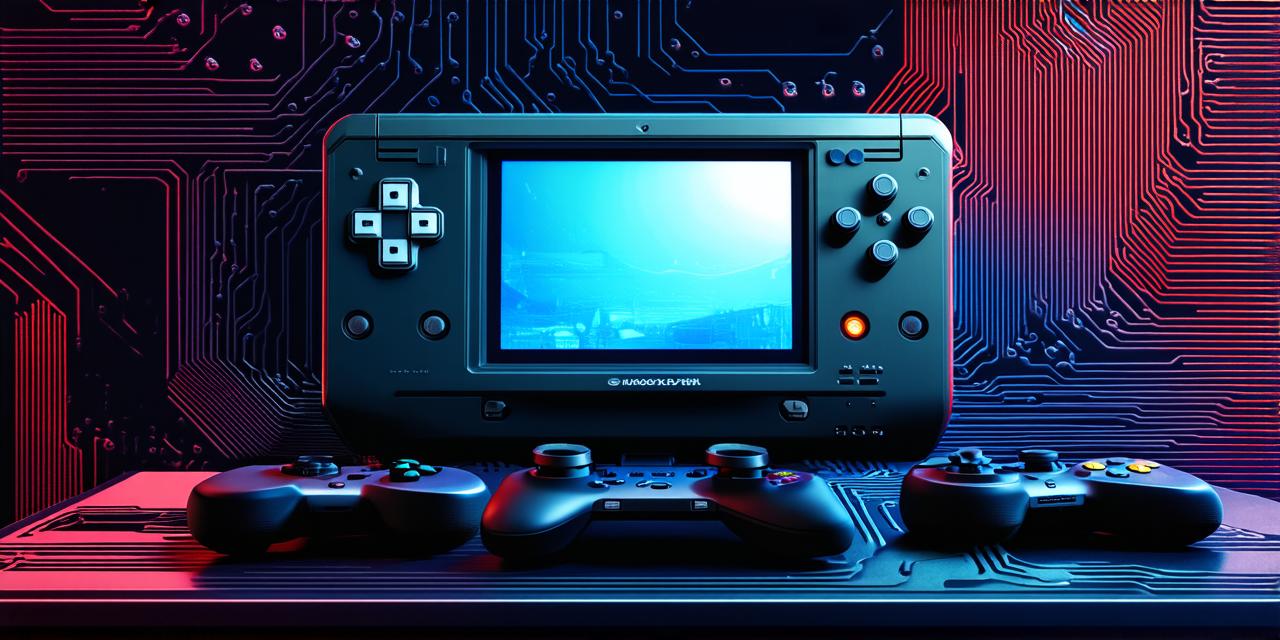Why Localization Matters in Video Game Design
Localization is critical for game developers who want to expand their reach beyond their home market. By adapting their games to suit different languages and cultures, developers can tap into new markets and increase their revenue potential. Moreover, localization can improve player engagement, satisfaction, and loyalty by making the game feel more familiar and relatable to players from different parts of the world.
The Benefits of Localization are Numerous
Localized games have been shown to generate higher revenue than unlocalized ones. A study by Newzoo found that localized games generate 30% more revenue than their English language counterparts. Moreover, localization can improve player retention and engagement. Research by Nielsen Norman Group found that players who play games in their native language are more likely to continue playing the game for longer periods.
Challenges of Localization in Video Game Design
Despite its benefits, localization can be a challenging process for game developers. One of the biggest challenges is ensuring that the translated text accurately conveys the intended meaning and tone of the original content. This requires skilled translators who understand both the source and target languages as well as the cultural nuances of each language.
Another challenge is adapting audio, such as voiceovers and sound effects, to different languages and accents. Developers must ensure that the audio is clear, understandable, and culturally appropriate for each localization.
Finally, modifying gameplay mechanics to suit different cultures and preferences can be a complex task. Developers must consider cultural differences in gaming preferences, such as the type of games players enjoy and the way they prefer to interact with the game.
Case Studies: Successful Localization in Video Game Design
To illustrate the benefits of localization in video game design, let’s take a look at some case studies of successful localization efforts by major game developers.
-
Fortnite: Epic Games, the developer of Fortnite, has successfully localized the game into multiple languages, including Spanish, French, German, and Portuguese. The company uses in-game translations to ensure that players can understand the text, but also provides subtitles for audio content. Moreover, Fortnite’s localization strategy is not limited to text and audio; the game also includes culturally relevant items and challenges in each localized version.
-
Grand Theft Auto V: Rockstar Games, the developer of Grand Theft Auto V, has localized the game into multiple languages, including Arabic, Russian, Chinese, and Japanese. In addition to text translation, the game also includes subtitles for audio content, as well as culturally relevant content such as music and missions. The game’s localization strategy has been praised for its attention to detail and cultural sensitivity.
-
Overwatch: Blizzard Entertainment, the developer of Overwatch, has localized the game into multiple languages, including Chinese, Korean, French, German, Italian, Japanese, Spanish, Russian, Portuguese, and Turkish. The game’s localization strategy includes text translation, as well as culturally relevant content such as skins, maps, and missions. Blizzard Entertainment has been praised for its commitment to inclusivity and its efforts to ensure that the game is accessible to players from diverse backgrounds.
Practical Tips for Game Developers
Now that we have discussed the importance and challenges of localization in video game design, let’s provide some practical tips for game developers to successfully implement it in their projects.
-
Plan early: Localization should be planned at the beginning of the development process. This ensures that the game is designed with localization in mind from the outset, reducing the amount of work and resources required later on.
-
Use clear and concise language: Use simple and straightforward language when designing text for translation. Avoid using slang, idioms, or cultural references that may not be universally understood.
-
Work with experienced translators: Choose translators who have experience in translating video games and are familiar with the specific challenges of localization.
-
Test thoroughly: Test the game thoroughly to ensure that all text and audio are properly translated and that gameplay mechanics are functioning as expected in different languages and regions.
-
Provide support: Offer support to players who may have difficulty understanding or playing the game in their native language. This could include providing additional resources, such as tutorials or translation guides.

By following these tips and planning for localization from the beginning of the development process, game developers can successfully expand their reach to new markets and improve the gaming experience for players around the world.
